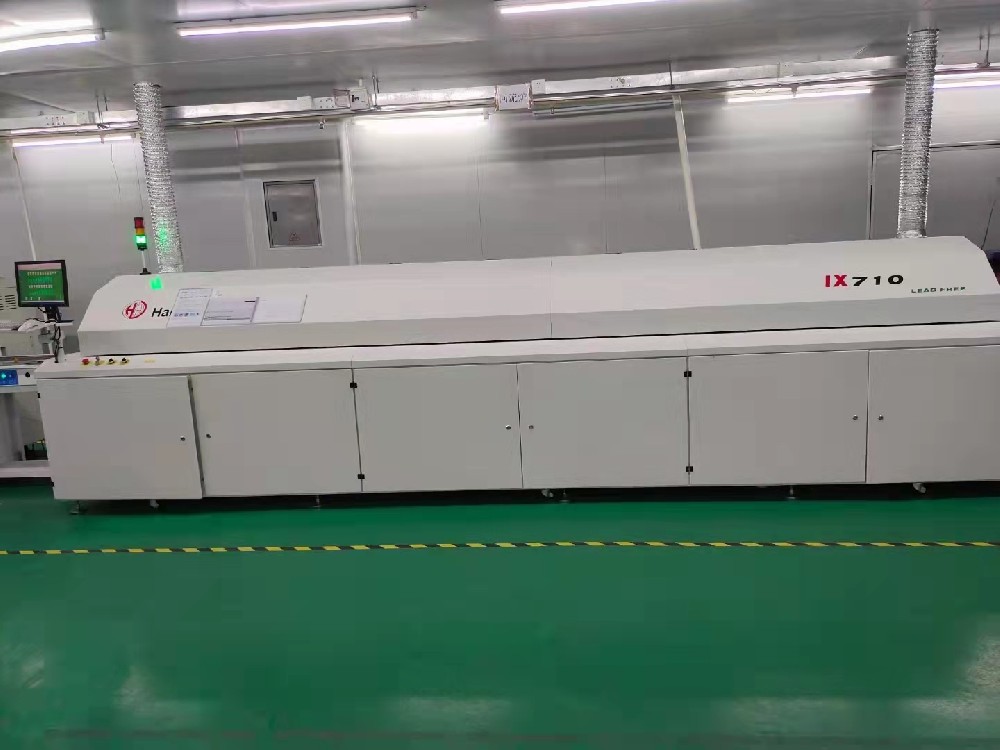
Reflow soldering is a kind of soldering process in smt production process. It is used to weld the circuit board that has been installed with components, so that the components and the circuit board can be fixed and welded together. Reflow soldering is to realize the soldering of the mechanical and electrical connections between the soldered ends of the surface-mounted components or pins and the printed board pads by remelting the paste solder pre-distributed to the printed board pads, so as to realize the circuit function with certain reliability. The main process features of reflow soldering are: to purify the metal surface to be welded (remove oxide) with flux, so that the solder has good wettability; Supply molten solder to wet the metal surface; An intermetallic compound is formed between the solder and the weld metal.

Generally, the equipment used for reflow soldering smt chip components is directly called reflow soldering.
The workflow of reflow soldering is:
1. When the PCB enters the heating zone, the solvent and gas in the solder paste evaporate. At the same time, the flux in the solder paste wets the solder pad, component ends and pins. The solder paste softens, collapses, and covers the solder pad, isolating the solder pad, component pins and oxygen.
2. When the PCB enters the thermal insulation area, the PCB and components are fully preheated to prevent the PCB from suddenly entering the welding high temperature area and damaging the PCB and components.
3. When the PCB enters the welding area, the temperature rises rapidly to make the solder paste reach the melting state, and the liquid solder wets, diffuses, diffuses or reflows the PCB pad, component ends and pins to form solder joints.
4. The PCB enters the cooling zone to solidify the solder joint; Reflow soldering was completed.